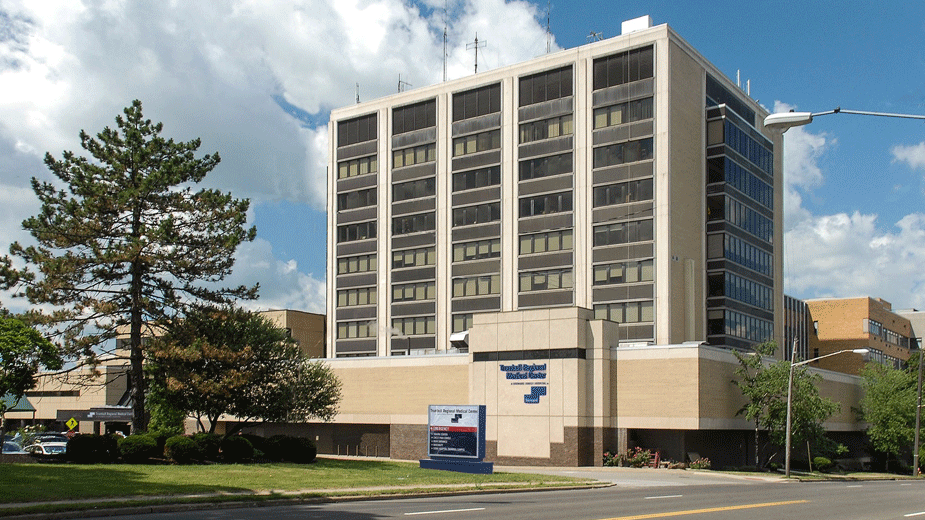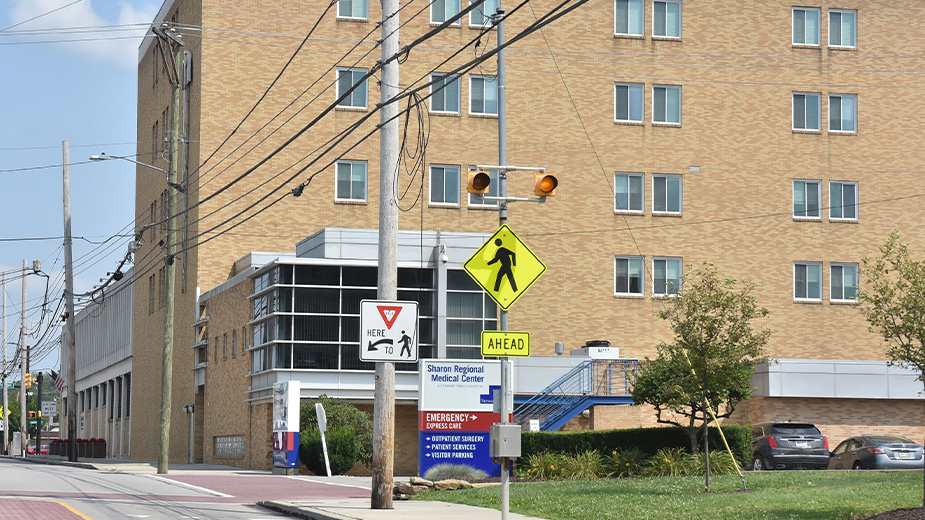Trumbull Regional Offers Opioid-Free Care to Surgery Patients
WARREN, Ohio – Opioids come with a range of potential side effects that can significantly interfere with recovery and readiness for discharge and can be life-threatening.
Over the past two years, the anesthesia team at Trumbull Regional Medical Center has developed a perioperative protocol for enhanced recovery after surgery that has allowed for opioid-sparing anesthesia care to patients in all surgical service lines.
This approach involves the use of more than one class of pain relief medication using a combination of non-opioid medications, regional anesthesia with long-acting local anesthetics to reduce or eliminate the need for opioids and additional interventions to enhance recovery and reduce the risk of post-op nausea and vomiting.
With a growing concern about the opioid epidemic in the U.S. and over-prescribing drugs, some studies suggest over half of individuals with opioid abuse or dependence have their first exposure through prescription or perioperative opioid medication.
Opioids such as morphine and fentanyl are commonly used in anesthesia because they can reduce pain and induce a state of relaxation.
Non-opioid medications can be given before, during and after surgery to help manage pain and reduce the need for opioids.
Regional anesthesia is another alternative. This involves injecting local anesthetic medication near a specific nerve or group of nerves to numb a specific area of the body. This can be used to provide pain relief during and after surgery without the need for opioids.
A preliminary review of medication use at Trumbull Regional, comparing 2019 to 2022, finds:
- Hospital-wide 40% decrease in fentanyl use.
- Intraoperative 5 milliliter fentanyl usage down 86%.
- Recovery room use of fentanyl down 20%; morphine, 90%; hydromorphone, 68%.
- Recovery room need for antiemetics less than 2% of patients.
- Recovery room need for opioid pain medicine 7%.
Published by The Business Journal, Youngstown, Ohio.



